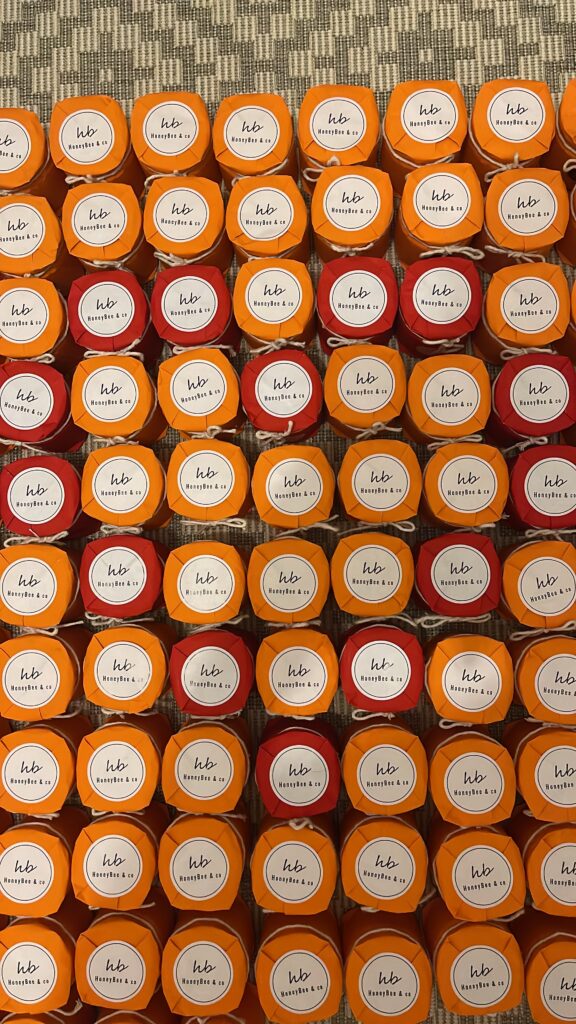Table of Contents
Introduction – The Price of Honey
The global appetite for honey has soared in recent years, fuelled by a growing appreciation for natural sweeteners and the desire for healthier alternatives to refined sugar. As more consumers take note of the golden liquid’s antioxidant and antimicrobial properties, questions arise about why certain jars command premium prices while others remain relatively inexpensive. Much of the discrepancy can be traced to a broad spectrum of factors—ranging from production methods and regional floral sources to quality certifications and bee health considerations.
In this article, we will dive deep into the price of honey, scrutinising everything from supermarket mass-produced brands to the more exclusive artisanal varieties. We will uncover what truly separates raw honey from pasteurised options, explore the complexities of adulteration and authenticity, and examine how global market forces, seasonality, and climate all play a role. Ultimately, we will shine a spotlight on how fair trade and ethical commitments—like those embraced by HoneyBee & Co.—are reshaping the honey industry for the better, ensuring beekeepers are fairly compensated and fostering a more sustainable future for our planet.
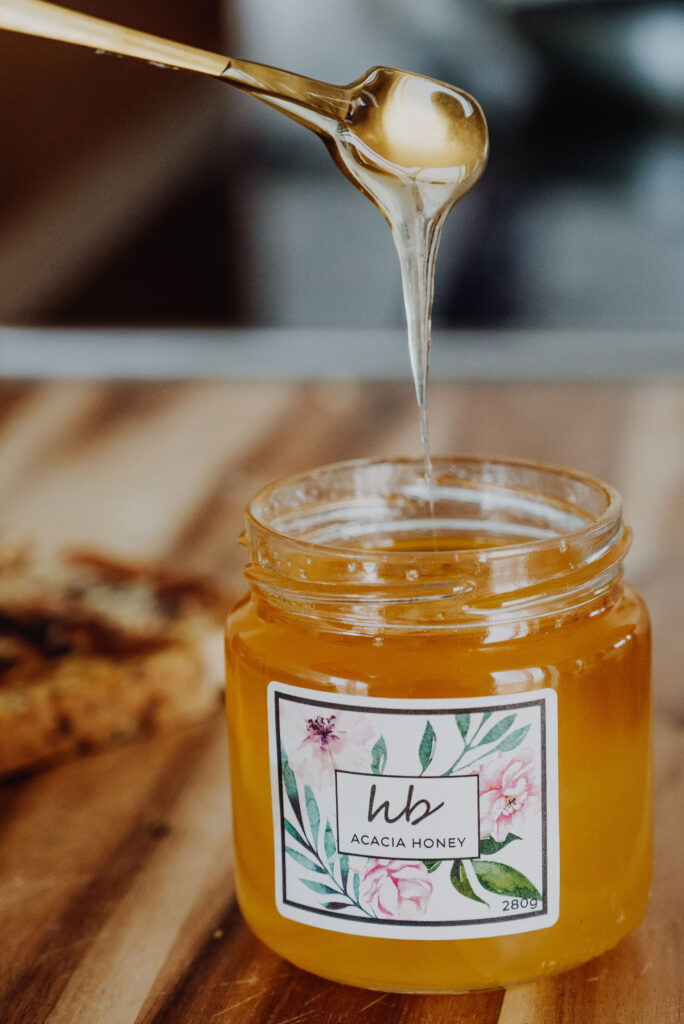
1. Overview of the Global Honey Market
1.1 Global Production and Consumption
Honey is produced in almost every corner of the world, but a handful of key regions dominate global output. Countries such as China, Turkey, Argentina, Ukraine, and the United States consistently rank among the top producers, each boasting unique floral varieties and climates that influence the final product. For instance, China’s vast landscape enables large-scale production of multifloral honey, while Turkey’s rugged highlands and aromatic flora contribute to speciality varieties such as pine honey.
As global demand grows—driven by a shift towards healthier sweeteners and natural remedies—honey consumption patterns have evolved. Consumers in North America and Europe increasingly seek out premium or organic labels, while expanding middle classes in Asia and South America embrace honey for its nutritional benefits. This heightened interest has encouraged both industrial-scale honey operations and small-scale artisanal producers to ramp up production to meet worldwide needs.
1.2 Market Value and Trends
The value of the global honey market has seen notable fluctuations due to factors such as extreme weather events, colony health issues, and changing trade policies. Prices can spike when bee populations suffer losses or when geopolitical tensions limit exports and imports. At the same time, growing consumer awareness of the importance of pollinators, combined with the health and wellness movement, has fuelled interest in raw, unadulterated honey varieties. This trend, in turn, often elevates prices for artisanal offerings that boast unique terroir and provenance. Going forward, the market is poised for continued growth, with consumer preferences increasingly shaped by quality, transparency, and ethical production.
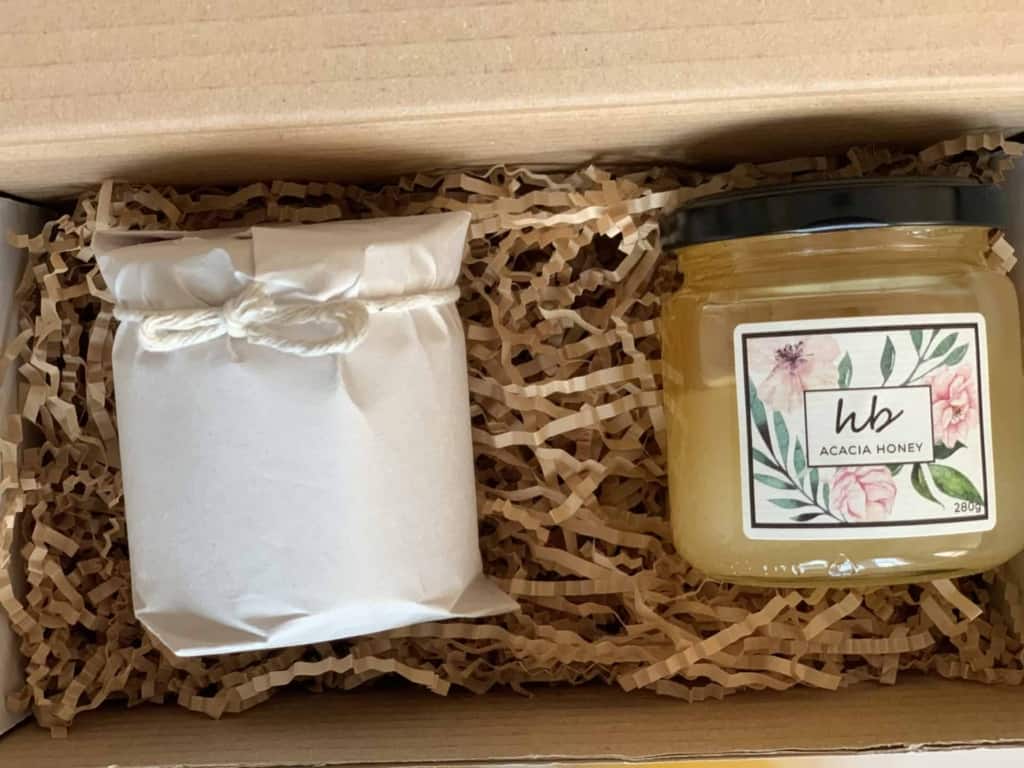
2. Key Factors Influencing Honey Prices
2.1 Availability of Floral Sources
Floral diversity and abundance are key determinants of honey’s final cost. Bees rely on a range of blossoms—such as acacia, lavender, or manuka—for nectar, and each floral source imparts a distinct flavour and nutritional composition. Some flowers bloom only at certain times of the year or in very specific regions, making such nectars scarce and pushing up prices. Highly sought-after varieties like manuka honey from New Zealand command premium price tags, owing to limited growing areas and strict quality standards.
2.2 Geographical Location and Climate
Where honey is produced, and under what climate, directly affects its yield and cost. Regions with stable, temperate conditions generally enjoy more predictable floral blooms, resulting in higher output. By contrast, areas prone to harsh winters, droughts, or volatile weather may see smaller harvests. Such unpredictability can drive up prices, as beekeepers must invest more in hive protection and colony maintenance. Furthermore, climate change—manifesting in erratic temperatures and rainfall patterns—continues to shape global honey availability.

2.3 Production Costs
Production expenses also play a significant role in determining retail prices. Large-scale commercial producers benefit from mechanisation and economies of scale, resulting in lower costs per jar. Smaller, artisanal producers, however, often rely on manual labour and specialised equipment to extract and bottle honey in small batches. Many choose organic or biodynamic techniques, avoiding pesticides and employing labour-intensive methods to preserve honey’s natural qualities. These steps, though crucial for maintaining raw, high-quality honey, inevitably elevate costs.
Transportation and packaging are further considerations. Shipping honey internationally entails regulatory checks, quality inspections, and freight fees. Producers who opt for eco-friendly, plastic-free packaging incur extra costs, which may be reflected in slightly higher retail prices.
2.4 Bee Health and Colony Collapse Disorder (CCD)
The health of bee colonies underpins the entire honey supply. Colony Collapse Disorder (CCD) has posed severe challenges for beekeepers worldwide, as sudden losses of worker bees reduce honey yields. Suspected causes include pesticide exposure, parasites like the Varroa mite, and habitat destruction. To safeguard their hives, beekeepers invest in regular health checks, organic treatments, and sustainable hive management practices—all of which raise operational costs. Consequently, honey from well-maintained apiaries may be pricier, reflecting the effort required to keep colonies thriving in an ever-changing environment.
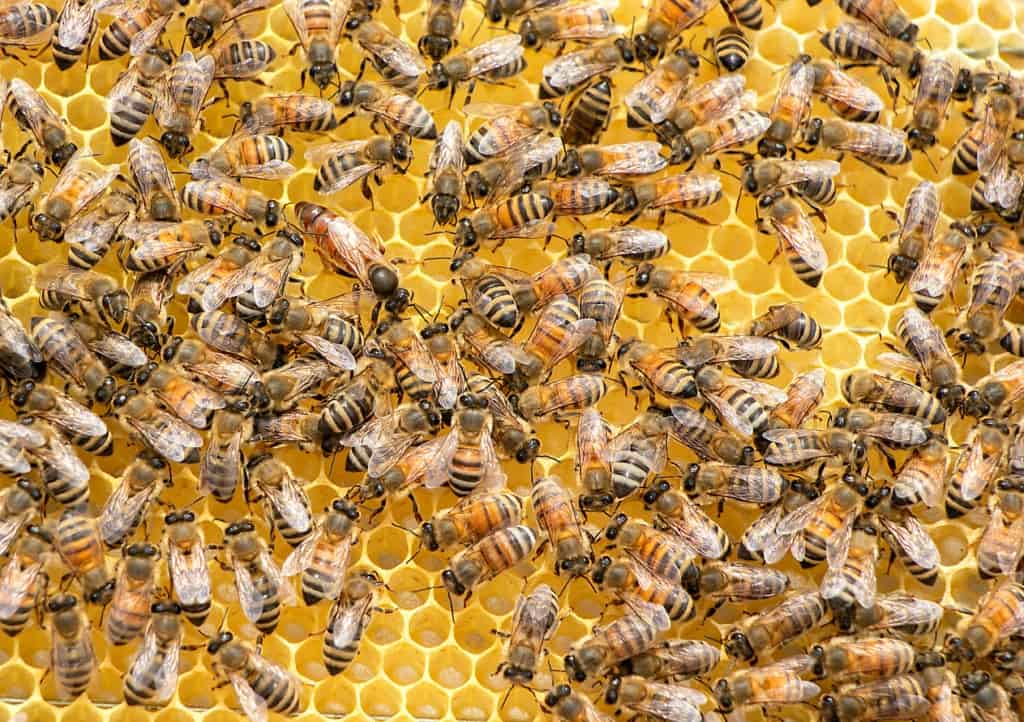
3. Supermarket Honey vs. Artisanal Honey
3.1 Differences in Production Methods
A key driver of the price gap is how supermarket and artisanal honey are produced. Mass-produced brands typically blend honey from multiple regions to achieve a consistent flavour and appearance. Automated extraction, heating, and ultrafiltration techniques enable large volumes to be processed efficiently, often at the expense of nuanced flavour and natural enzymes.
Artisanal honey, by contrast, places a premium on minimal intervention. Small-scale beekeepers tend to harvest honey in smaller batches, using gentler methods—such as low-temperature extraction and limited filtration—to preserve natural pollen and enzymes. Bees often forage in pesticide-free areas, resulting in unique, location-specific flavours. The labour-intensive, hands-on approach of artisanal producers makes their honey more expensive, yet many consumers find the complexity of taste and added health benefits worth the extra cost.
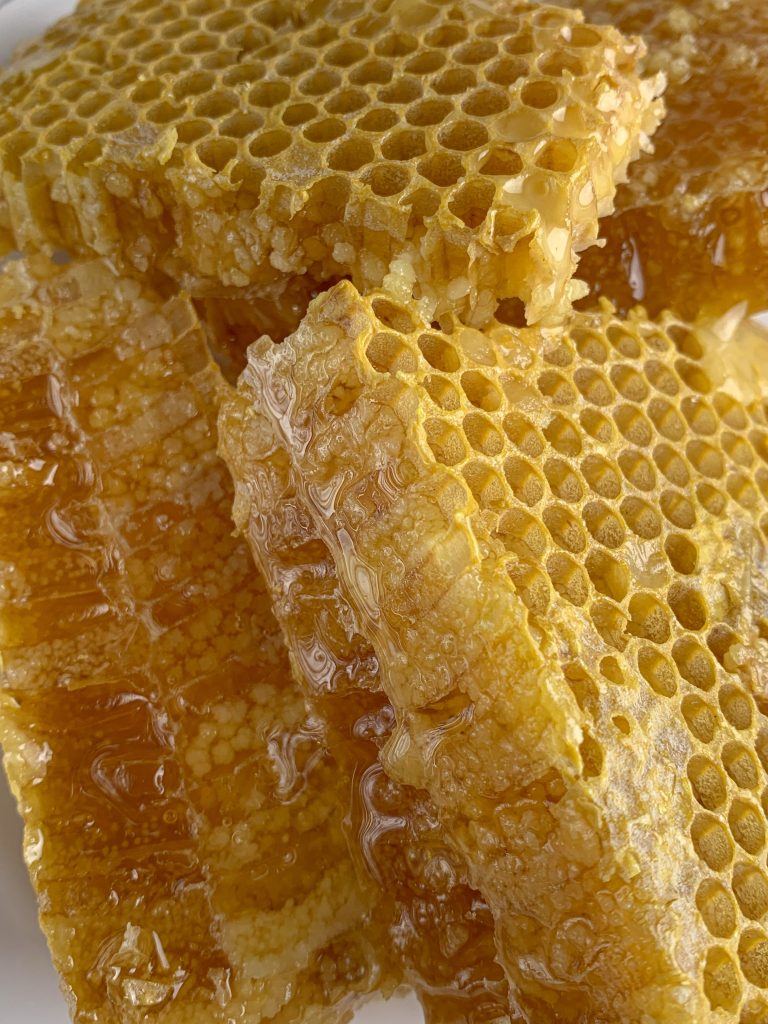
3.2 Quality Control and Certifications
Supermarket honey undergoes standardised testing to ensure it meets large-scale retail criteria for clarity, moisture content, and shelf stability. However, ultrafiltration can remove trace pollen, making it harder to verify the honey’s floral origin and potentially reducing its nutritional value.
Artisanal beekeepers frequently focus on direct consumer trust, local endorsements, or niche certifications. While smaller outfits may lack the global stamps of approval often associated with major brands, they build their reputations through transparent processes and close ties to the community. Some artisan producers pursue organic or regional certification, further distinguishing their products in a market that increasingly values authenticity and minimal processing.
3.3 Price Comparison
Supermarket honey typically sits at the lower end of the price spectrum, benefiting from economies of scale, lower packaging costs, and strategic sourcing. Conversely, artisanal honey commands a premium, reflecting the extra care, time, and resources invested. Single-origin or speciality varieties—which capture the floral essence of a specific region—can cost considerably more, but they offer a taste and quality that mass-produced blends rarely match.
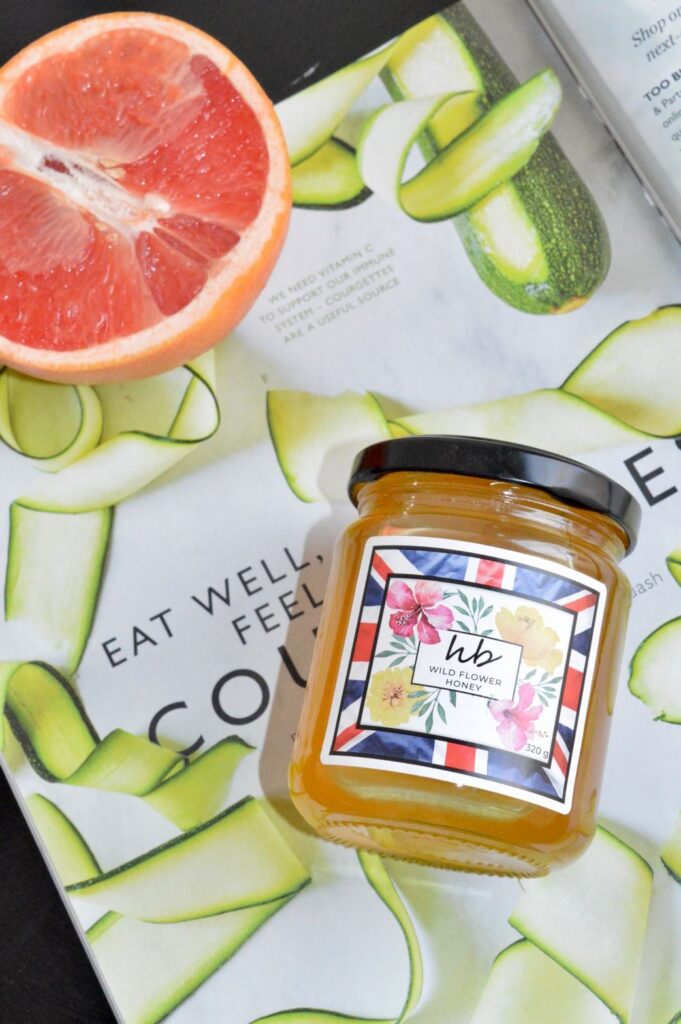
4. Raw Honey vs. Pasteurised Honey
4.1 Definition and Processing
Raw honey is generally strained to remove large particles but is not heated beyond natural hive temperatures. This preserves many of its beneficial components, including enzymes, antioxidants, and pollen. Often, raw honey appears cloudy or opaque due to its higher pollen content and can granulate more quickly.
Pasteurised honey, on the other hand, undergoes a heating process that kills yeast cells and delays crystallisation. This yields a clearer, smoother appearance and can extend shelf life, making it appealing for mass-market distribution. However, high temperatures may degrade some enzymes and nutrients, resulting in a product that is more uniform but potentially less beneficial from a nutritional perspective.
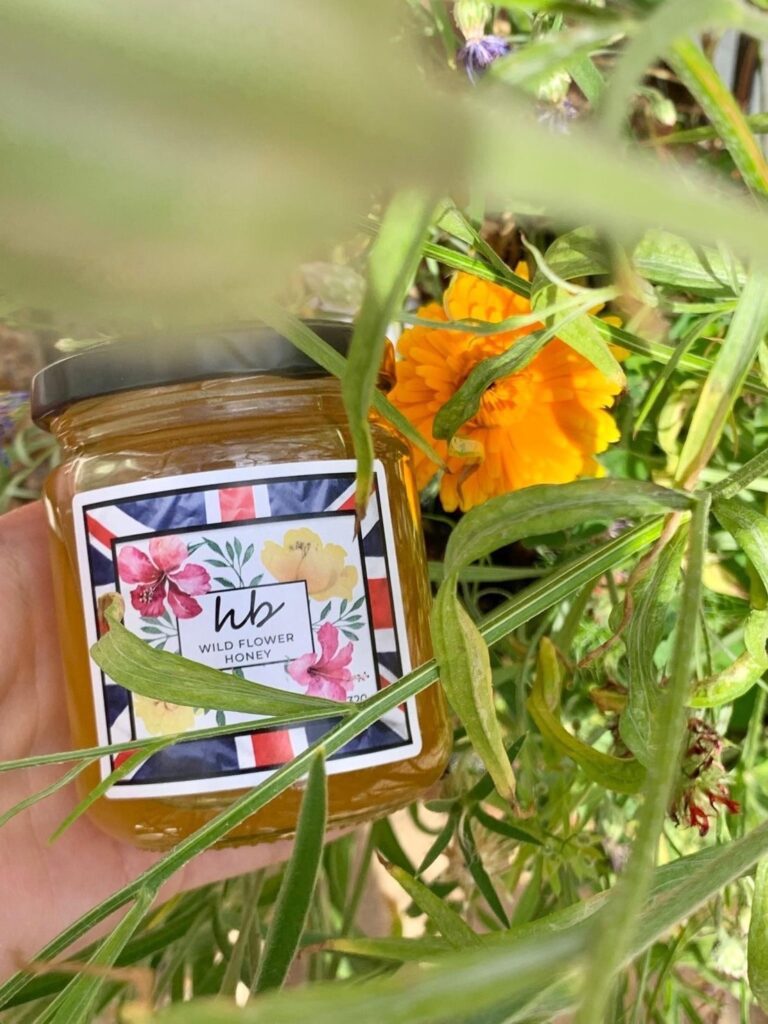
4.2 Nutritional and Medicinal Benefits
Raw honey’s supporters point to its higher enzyme and pollen content as a source of potential health benefits, including antioxidant activity and possible immune support. Some consumers also believe that exposure to local pollen may help alleviate certain allergies, though scientific studies on this are mixed.
Pasteurised honey still serves as a natural sweetener with trace nutrients, yet its heat treatment may diminish some of the properties that enthusiasts associate with raw honey. For those prioritising optimal nutritional value, raw honey is often the preferred choice—albeit at a higher price.
4.3 Impact on Price of Honey
Smaller production volumes, careful handling, and gentle extraction methods mean raw honey typically costs more than pasteurised varieties. For mass-produced honey, pasteurisation streamlines processing and shipping, enabling lower retail prices. While some consumers remain loyal to pasteurised honey for its clarity and affordability, an increasing number are drawn to the richer taste and perceived health benefits of raw, unheated honey.
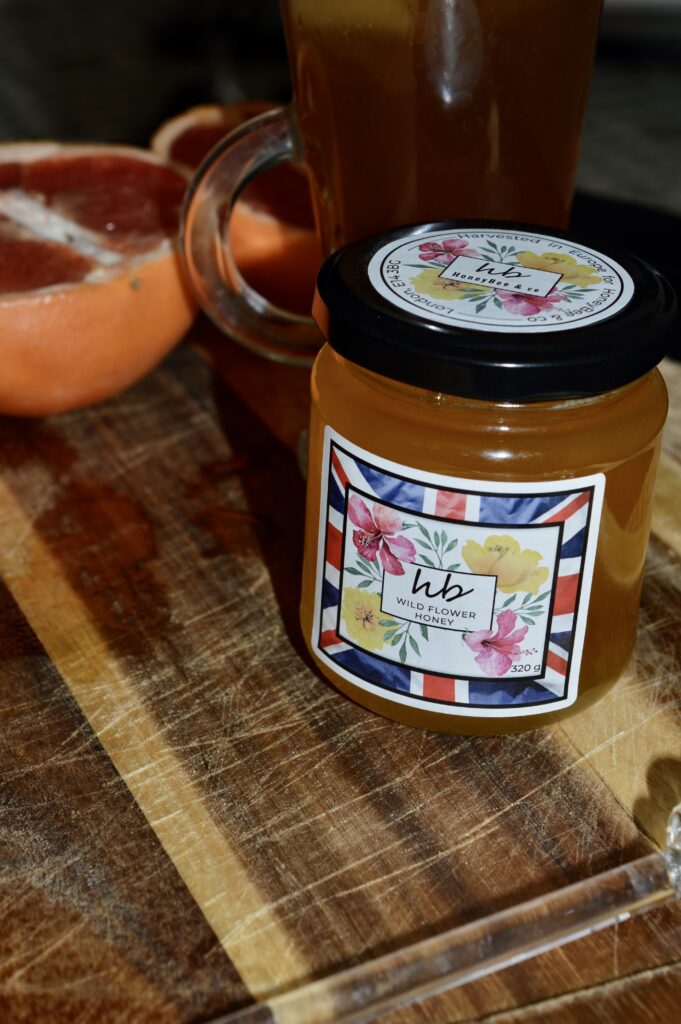
5. The Role of Adulteration and Authenticity
5.1 Honey Adulteration Practices
Honey adulteration—mixing pure honey with cheaper syrups or additives—has become a significant issue, misleading consumers and undercutting genuine beekeepers. Fraudsters may blend in high-fructose corn syrup or rice syrup to bulk up volumes. This not only compromises the flavour and nutritional profile of the product but also undermines trust in the global honey market.
While blatant adulteration might show up as unnatural taste or suspiciously uniform texture, more sophisticated techniques can be harder to detect without laboratory testing. As a result, consumers can inadvertently purchase substandard products labelled as “pure honey.”
5.2 Methods for Verifying Purity
In response to widespread honey fraud, third-party lab tests—like nuclear magnetic resonance (NMR) spectroscopy—are increasingly used to detect foreign sugars. Consumers can also look for trusted seals or certifications (e.g., True Source Honey) and carefully read labels for transparency about origin and production practices. Choosing brands that openly disclose sourcing details and lab results is a proactive way to avoid adulterated products.
5.3 Consumer Awareness and Regulatory Measures
Governmental agencies and food safety regulators around the world are taking steps to curb adulteration through stricter enforcement and improved testing protocols. In parallel, consumer advocacy groups have played a crucial role in informing the public about the risks of adulteration, pushing for clearer labelling and better traceability. By demanding proof of authenticity, buyers can help legitimate producers stand out in a crowded marketplace, ultimately driving improvements in industry-wide standards.
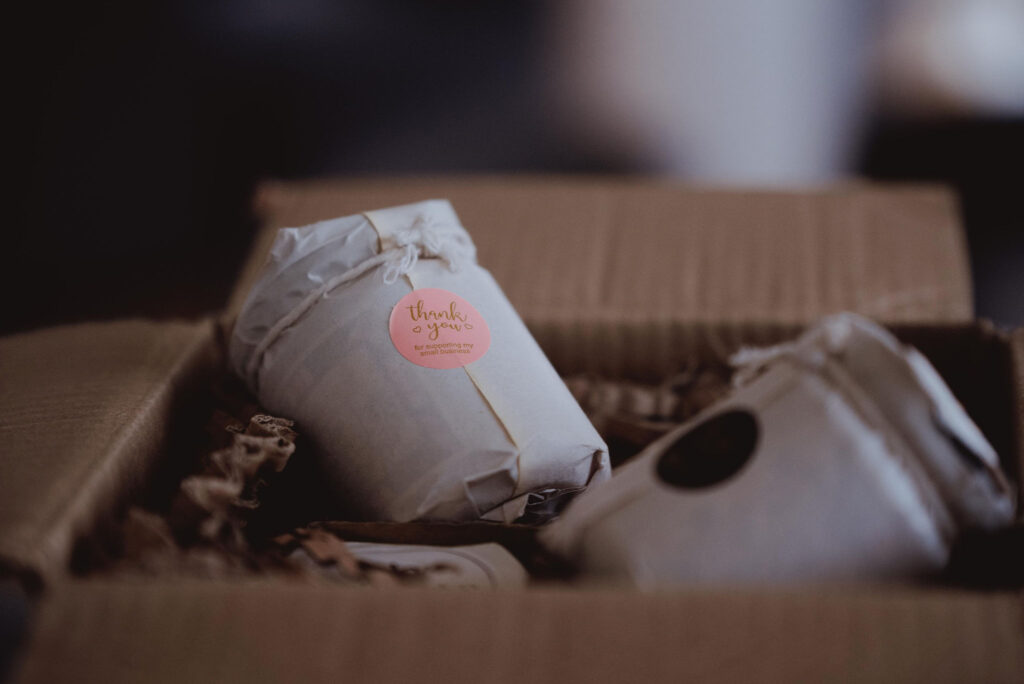
6. Regional Variations in Honey Pricing
6.1 Price Differences by Country
Significant price disparities can occur depending on the honey’s country of origin. Nations with vast agricultural land—such as China, Argentina, or Ukraine—often produce large quantities of honey at lower costs, benefiting from scale and relatively lower labour expenses. Meanwhile, speciality honeys—like manuka from New Zealand or lavender honey from France—command higher price of honey due to limited supply and prized flavour profiles.
In developed markets like Western Europe or North America, consumer demand for premium and niche products leads to wider price ranges. Differences in the cost of living, regulatory compliance, and packaging further influence pricing, making it common to see everything from budget blends to artisanal jars with premium labels on the same supermarket shelf.
6.2 Local vs. Imported Honey
In choosing between local and imported honey, consumers often weigh factors like freshness, carbon footprint, and flavour diversity. Locally sourced honey can retain more of its natural qualities due to shorter transportation routes and can also support small-scale beekeepers. Imported honey, however, may introduce exotic floral varieties and competitive pricing, though concerns about adulteration and less transparent supply chains can arise. Ultimately, personal preference, budget, and trust in the producer play decisive roles.
6.3 Trade Regulations and Their Impact
Tariffs, import quotas, and labelling requirements can significantly affect the flow of honey across borders. In some instances, protective measures raise prices on imported honey, making domestic varieties more attractive. Conversely, free trade agreements or relaxed rules can lower costs, offering consumers more international options. These regulatory frameworks shape both the availability and affordability of honey worldwide, underlining how global trade policies intersect with local market dynamics.
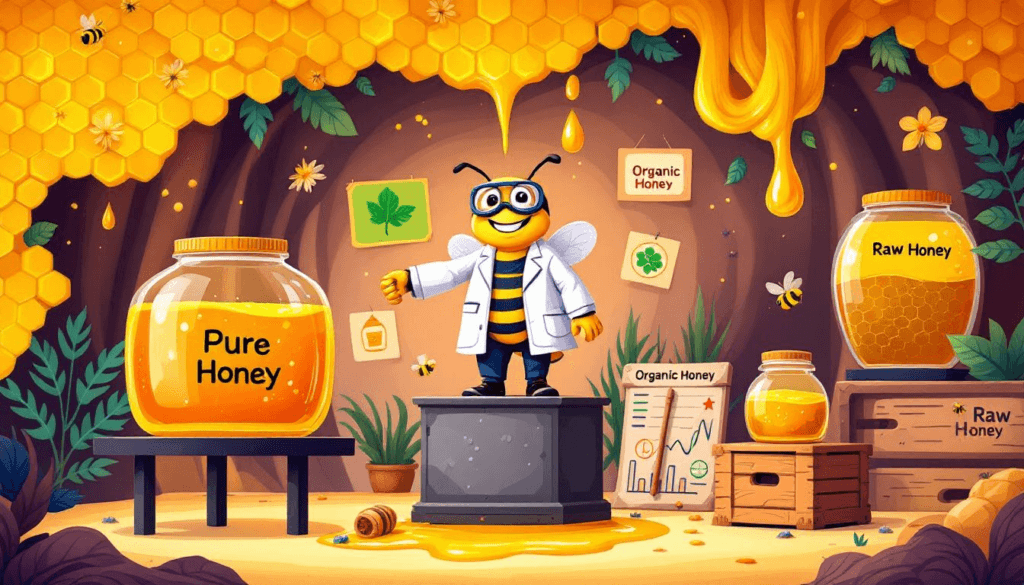
7. Seasonality and Honey Supply
7.1 Peak Seasons for Harvest
Honey production aligns with blooming cycles, which vary by region and climate. In many temperate areas, the main harvest season falls in mid-to-late summer, when bees have had ample time to forage spring and early-summer blooms. Tropical climates may allow for multiple harvests annually, albeit each on a smaller scale.
Environmental conditions heavily influence yields. Late frosts, droughts, or excessive rainfall can disrupt flowering periods, leading beekeepers to harvest less frequently or reserve more honey for the colony’s survival. These constraints can lead to temporary shortages and price shifts, particularly for small-scale artisanal producers.
7.2 Demand Fluctuations
Seasonal demand often mirrors cultural or weather-related habits. During cold seasons, honey consumption tends to spike as people seek comfort foods and immune-boosting remedies. Certain holidays—such as Rosh Hashanah in the Jewish tradition—also drive seasonal demand surges. When producers cannot keep pace with these spikes, short-term price increases may result. Conversely, in off-peak periods or after especially bountiful harvests, retailers may offer discounts or promotions.
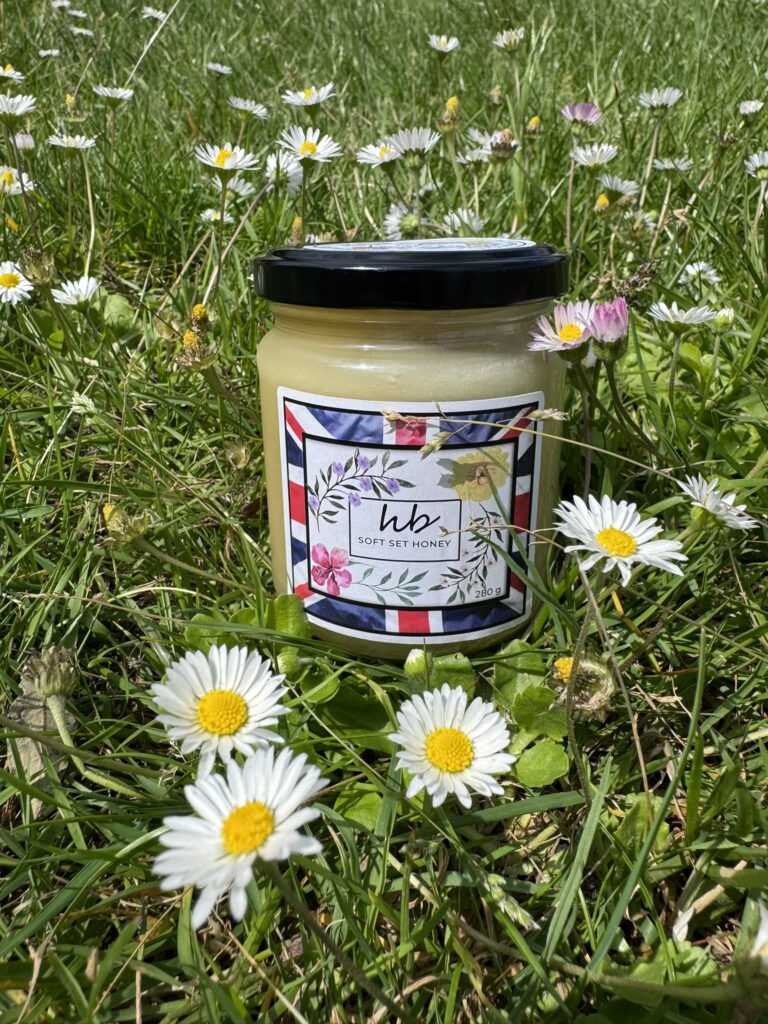
8. The Importance of Quality Certification
8.1 Organic Certifications
Organic certifications provide assurance that honey is produced under strict environmental guidelines. Beekeepers must place hives away from areas treated with synthetic chemicals and ensure the bees’ forage is largely pesticide-free. These standards extend to feeding practices and even the wax used for comb foundations. Achieving organic status can be both time-consuming and costly, contributing to higher retail prices. Nonetheless, many consumers value the guarantee that the honey is free from harmful residues and that the production methods support ecological balance.
8.2 Fair-Trade and Ethical Labels
Increased awareness of social responsibility has spurred interest in fair-trade honey, ensuring beekeepers receive equitable compensation and work under fair conditions. Some programmes also reinvest in local communities—funding education, healthcare, or environmental projects in beekeeping regions. By choosing honey with recognised fair-trade seals, consumers support a more just supply chain that respects both human and natural resources.
8.3 Local Apiary Accreditation
Where international certifications may not be feasible, local or regional beekeeping associations can step up with their own accreditation schemes. These groups perform inspections, test honey quality, and verify ethical beekeeping practices. Such endorsements carry weight within local communities, offering a direct line of trust between producers and buyers. For small-scale artisanal producers, local apiary accreditation can be a vital stepping stone, helping them stand out without incurring the steep costs of global certification processes.
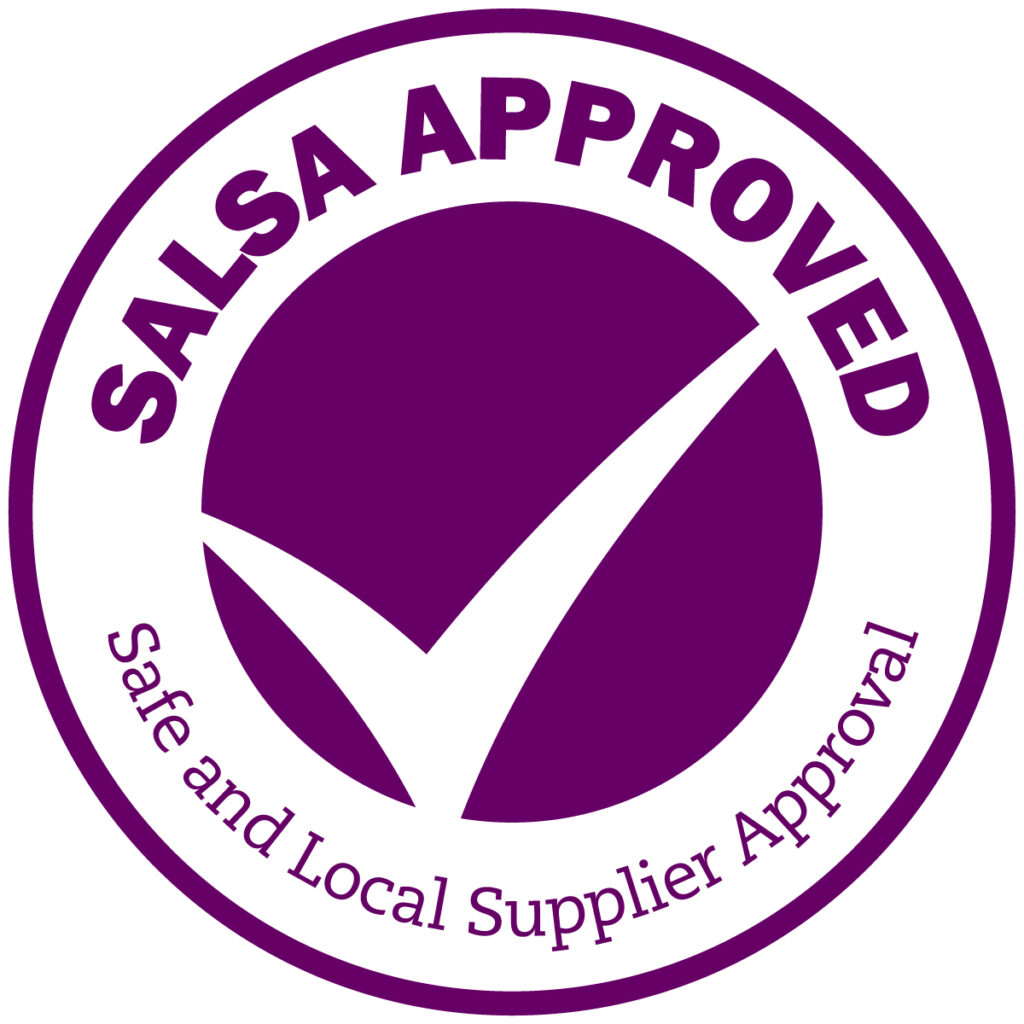
9. The Value of Supporting Local Beekeepers
9.1 Impact on Local Economy
Buying honey directly from local producers bolsters the economic vitality of your community. The money spent stays within the region, sustaining not only beekeepers but also local businesses that supply equipment and packaging materials. This economic circulation contributes to job creation and fosters a resilient marketplace. When beekeepers earn fair prices, they can invest in improvements such as better beekeeping tools, additional hives, or value-added products, strengthening the local supply chain over time.
9.2 Culture and Tradition
In many areas, beekeeping forms an integral part of local cultural heritage, passed down through generations. Supporting local beekeepers helps preserve these traditions, from family-run apiaries to time-honoured extraction techniques. Each jar of locally produced honey can reflect the unique character of a region’s flora, climate, and artisanal methods—giving consumers a literal taste of the local landscape.
9.3 Environmental Stewardship
Local honey often comes with a lighter carbon footprint due to reduced transportation distances. Many small-scale beekeepers also prioritise eco-friendly practices, maintaining pollinator-friendly habitats and avoiding heavy chemical usage. By choosing local producers committed to responsible beekeeping, consumers actively help preserve biodiversity and promote the well-being of pollinators crucial to food production and ecosystem health.
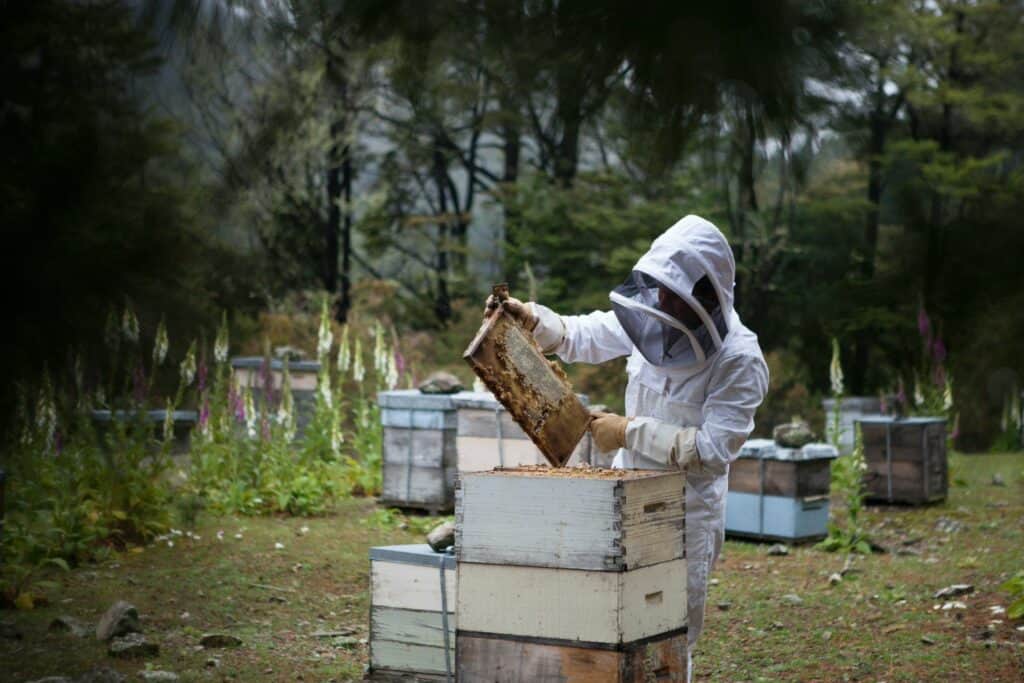
10. Future Price of Honey Trends and Consumer Perspectives
10.1 Growing Awareness of Bee Conservation
Public knowledge about the crucial role bees play in pollinating a significant portion of our food supply is on the rise. This heightened awareness drives demand for honey that comes from ethical, bee-friendly operations. Consumers are often willing to pay more for products that champion pollinator protection, especially if brands can clearly demonstrate sustainable hive management and environmental responsibility.
10.2 Technological Advances in Beekeeping
From remote hive monitoring to advanced data analytics, technological innovations are transforming modern apiculture. Beekeepers can detect health issues more rapidly and adjust hive conditions with greater precision. While investing in such technology can elevate short-term costs—and thus influence honey prices—more efficient and healthier colonies may ultimately stabilise or even reduce prices if yields improve. The intersection of tradition and innovation is likely to shape the future of honey production, delivering both consistency and quality.
10.3 Evolving Consumer Behaviour
As health consciousness grows, so does the interest in raw, unadulterated honey and artisanal flavours. Shoppers increasingly seek transparency: they want to know the honey’s origin, the foraging plants, and the beekeepers’ practices. Brands that provide this information and demonstrate ethical sourcing are rewarded with loyal followings, often commanding higher prices. Conversely, a segment of buyers will always opt for the most affordable supermarket honey, ensuring a dual market where both premium and budget-friendly options coexist.

11. HoneyBee & Co.: Our Mission and Values
11.1 Company Overview
HoneyBee & Co. was founded on the vision that honey production should benefit both people and the planet. Eschewing the shortcuts of mass production, the company focuses on raw, unpasteurised honey sourced from beekeepers who value bee welfare and environmentally sound practices. By forging direct partnerships with these producers, HoneyBee & Co. ensures that every stage of the supply chain—from hive to jar—reflects fair dealings and mutual respect.
11.2 Commitment to the Environment
Central to HoneyBee & Co.’s ethos is the belief that protecting pollinators is integral to safeguarding global biodiversity. The company actively supports apiaries that use minimal or no chemical inputs, encourage robust habitats around hives, and follow principles that keep colonies strong. Beyond hive management, HoneyBee & Co. commits to plastic-free packaging and other eco-friendly measures, reducing waste and carbon footprint throughout the product journey.
11.3 Transparent Sourcing and Fair Trade
Transparency forms another key pillar of HoneyBee & Co.’s approach. By providing clear information about each honey’s floral origin and the families who produce it, the brand fosters trust and accountability. Importantly, HoneyBee & Co. pays above-market rates to ensure that beekeepers can sustain their livelihoods and invest in organic techniques. When consumers choose HoneyBee & Co., they are opting for honey that embodies quality, ethics, and a long-term commitment to bettering the honey industry.
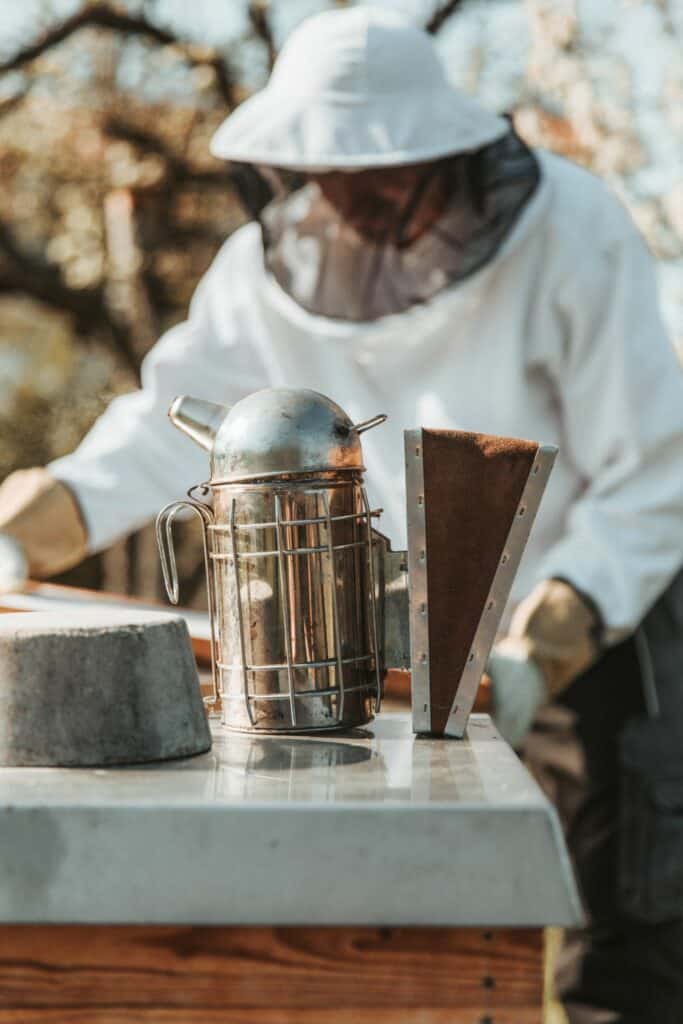
12. Empowering Beekeepers and Protecting Their Families
12.1 Fair Pricing Model
One of the central ways HoneyBee & Co. supports small-scale producers is through a fair pricing model. Rather than pushing costs down to unsustainable levels, the company pays beekeepers in a way that covers their true expenditures—labour, equipment, colony health, and environmental stewardship. This model stands in stark contrast to industrial-scale operations that often drive prices down, forcing beekeepers to cut corners or seek additional income elsewhere.
12.2 Community-Centric Partnerships
HoneyBee & Co. nurtures collaborative, long-term partnerships with local apiarists. This may involve offering training on organic pest control, sharing new beekeeping technologies, or supporting local breeding programmes for resilient bee strains. By working hand-in-hand with beekeepers, HoneyBee & Co. helps increase productivity and hive health, all without compromising the integrity of the environment.
12.3 Positive Social Impact
The social benefits extend well beyond the apiary. With stable and fair compensation, many beekeepers can reduce side jobs, devoting more time to their families and communities. Some invest in better equipment or expand operations to employ neighbours, fostering local economic development. Over time, these improvements compound, elevating the profile of beekeeping and contributing to healthier, more vibrant rural communities. In this way, HoneyBee & Co. proves that ethical sourcing not only safeguards bees and habitats but also uplifts the people at the heart of honey production.
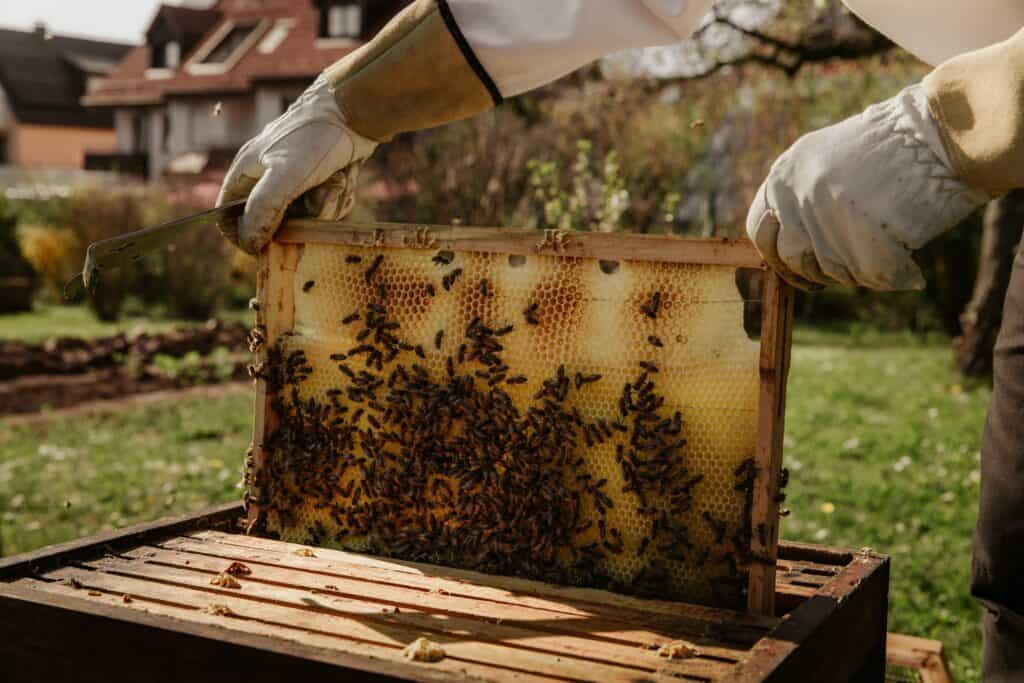
13. A Sustainable Future with HoneyBee & Co.
13.1 Plastic-Free Packaging and Innovation
HoneyBee & Co. goes to great lengths to limit its environmental footprint. By choosing plastic-free packaging, the company reduces the pollution and landfill waste tied to single-use materials. Many of its jars and packaging components are glass, recyclable, or biodegradable, reflecting a holistic vision for sustainability. Beyond the packaging line, HoneyBee & Co. invests in ongoing research to improve hive management strategies and promote robust pollinator ecosystems, setting higher standards for responsible beekeeping.
13.2 Long-Term Environmental Goals
Looking ahead, HoneyBee & Co. intends to expand its network of partner apiaries, with an emphasis on regenerative and organic techniques that prioritise bee health and local flora diversity. Collaborations with conservation organisations further enhance these efforts, leading to projects that create pollinator corridors or restore wild habitats. Over time, HoneyBee & Co. aims to demonstrate that ethical beekeeping, fair trade, and profitable business can coexist in a virtuous cycle—benefiting producers, consumers, and the planet at large.
13.3 Invitation to Consumers
The company welcomes shoppers to join this movement by choosing honey that respects the earth and the people who steward it. Every purchase helps protect pollinators, reward conscientious beekeeping, and reduce plastic waste. As consumer demand for transparent, planet-friendly products continues to grow, HoneyBee & Co.’s example shows how individuals can drive positive change simply by opting for honey that marries quality with responsibility.
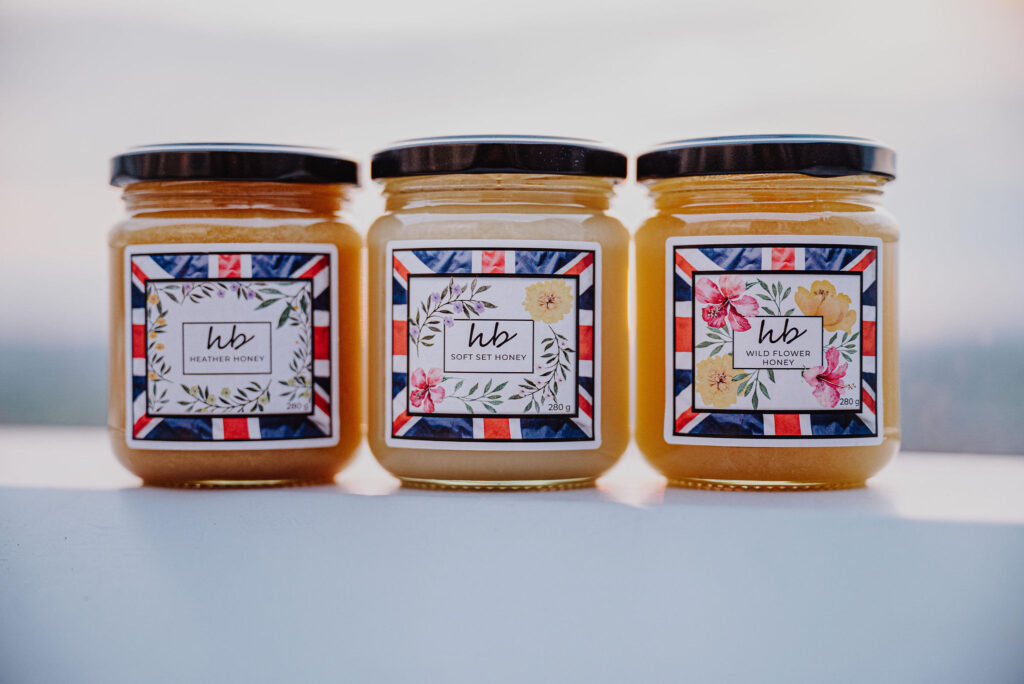
14. Conclusion
From the delicate dance of bees among seasonal blooms to the rigorous testing of authenticity, the price of honey reflects far more than just production costs. Supermarket offerings may provide budget-friendly consistency, yet they can lack the floral nuances and natural enzymes of raw, artisanal varieties. Meanwhile, conscientious consumers increasingly seek honey that is traceable, ethically sourced, and supportive of bee health—all attributes that often come with a higher price.
Enter HoneyBee & Co., a company demonstrating that honey can be produced sustainably, fairly, and without compromising on taste or quality. By forging community-focused partnerships, championing plastic-free packaging, and investing in the welfare of bees and beekeepers alike, HoneyBee & Co. embodies a vision for the future of the honey industry—one in which economic viability, environmental stewardship, and social well-being go hand in hand. In choosing honey of this calibre, consumers actively shape a more equitable and ecologically sound food system, proving that every jar can be a step towards a healthier planet and a fairer deal for the people who bring it to our tables.

